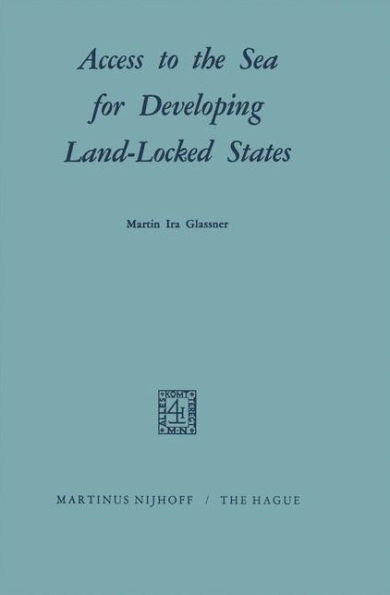This study is an outgrowth of an interest in the question of access to the sea developed by the author during a ten-month sojourn during 1962 and 1963 as American Vice Consul in Antofagasta, Chile. During this period he had the opportunity to visit Peru three times and Bolivia twice. This experience, supplemented by research in many libraries in New York, Washington and California and by interviews, documents and other reference materials, resulted in a detailed study of Bolivia's campaign for an outlet to the sea. 1 The present study has drawn some material from the earlier one, but is such an elaborate expansion of it that it might well be considered a wholly new effort. The effort was made because the problem of access to the sea has become more critical since the Second World War as the emphasis on trade and economic development has grown while at the same time many new land-locked states were being born. There have, moreover, been more threatened and actual interferences with free transit during this period than during the preceding half century and more. A thorough examination of the subject seemed in order, then, as an aid to an understanding of the problems involved and as a guide to future attempts to resolve them. In addition to a general survey of the question, three case studies have been included both as illustrations of many of these problems and as specific situations by which to test proposed solutions.



